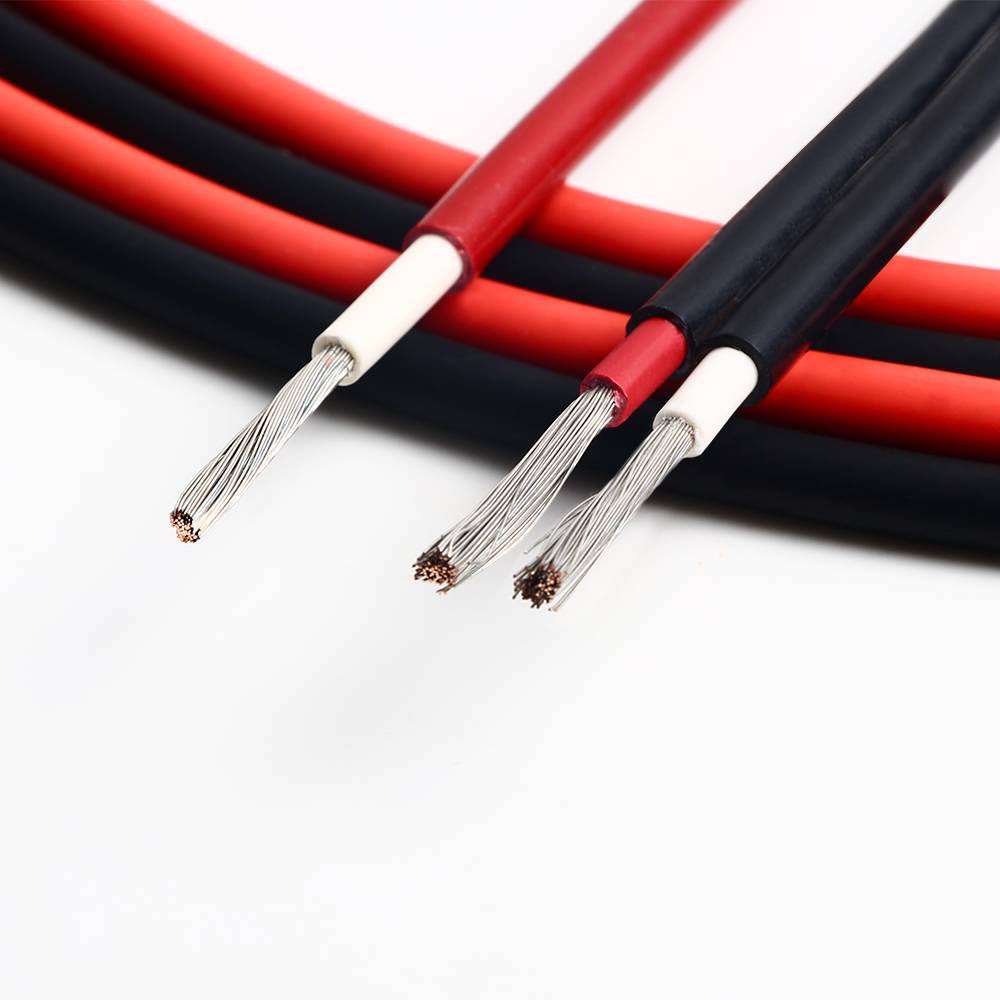 Author: Joey Wan
Author: Joey Wan  September 22,2023
September 22,2023
There are several factors to consider when choosing the right solar PV cable. From photovoltaic cable standards to cable prices, connection types, and UL4703 certifications, these factors can affect the efficiency and reliability of your solar PV system.
One of the most critical considerations is the photovoltaic cable standard. PV cables are designed to connect solar panels to the solar inverter, allowing the conversion of solar energy into electrical energy. To ensure optimal performance, you need to select a cable that meets all relevant standards.
The most common solar PV cable standards in America include UL4703, TUV, and EN. UL4703 is one of the most recognized standards in the United States. It is a UL certification for Photovoltaic Wire and Cable, known for its rigorous testing procedures and safety requirements, ensuring optimum safety and durability for your solar PV system.
Another critical factor to keep in mind is the price range. PV cables are available in a wide variety of prices, depending on their quality and specifications. Do not be tempted to compromise quality for price when selecting a solar PV cable. Selecting the cheapest cable available might seem like a good idea, but you may end up having to replace them shortly after installation due to performance issues.

When choosing a cable, consideration should be given to the type of connection to be used. PV string inverters can take different types of connectors, including MC4 connectors, T-type connectors, and single connectors. Ensure to know the connectors required by your photovoltaic (PV) modules to match your inverter.
In addition to the standard photovoltaic (PV) cables, alternative options like AC cables are available for the same purpose of connecting your solar panels; these are popularly known as the AC connection type. They connect all solar panels to a central area where they can be converted into AC by an inverter, which then powers your home or business premises.
For optimal performance, you need to select the correct cable size and type. Most solar PV systems utilize 6 AWG or above for connection cable, 10 AWG is a minimum for PV module level. Keeping in mind that the bigger the wire size, the higher the DC current capacity which accommodates the electrical resistance of the conductor. So always check the current carrying capacity of your cable to ensure it is ideal for your installation.
So what is the best cable size fit for your installation? 8 AWG wire sizes are commonly being used because they offer higher current carrying capacity, while also having less resistance than the 10 AWG or more voltage drop. Larger wire sizes may raise the cost of your PV installation; hence it is essential to weigh your alternatives and determine which one is most cost-effective.
